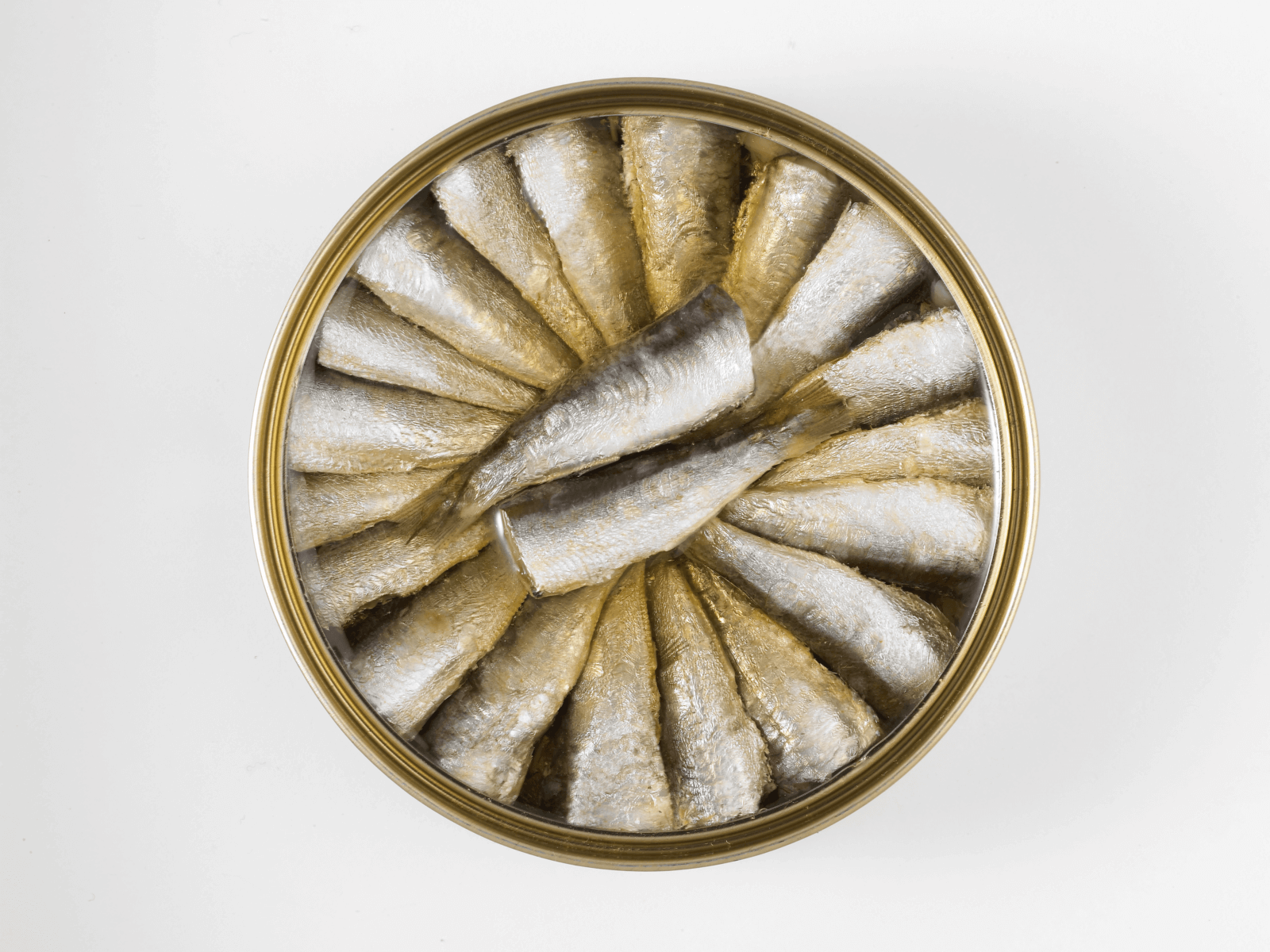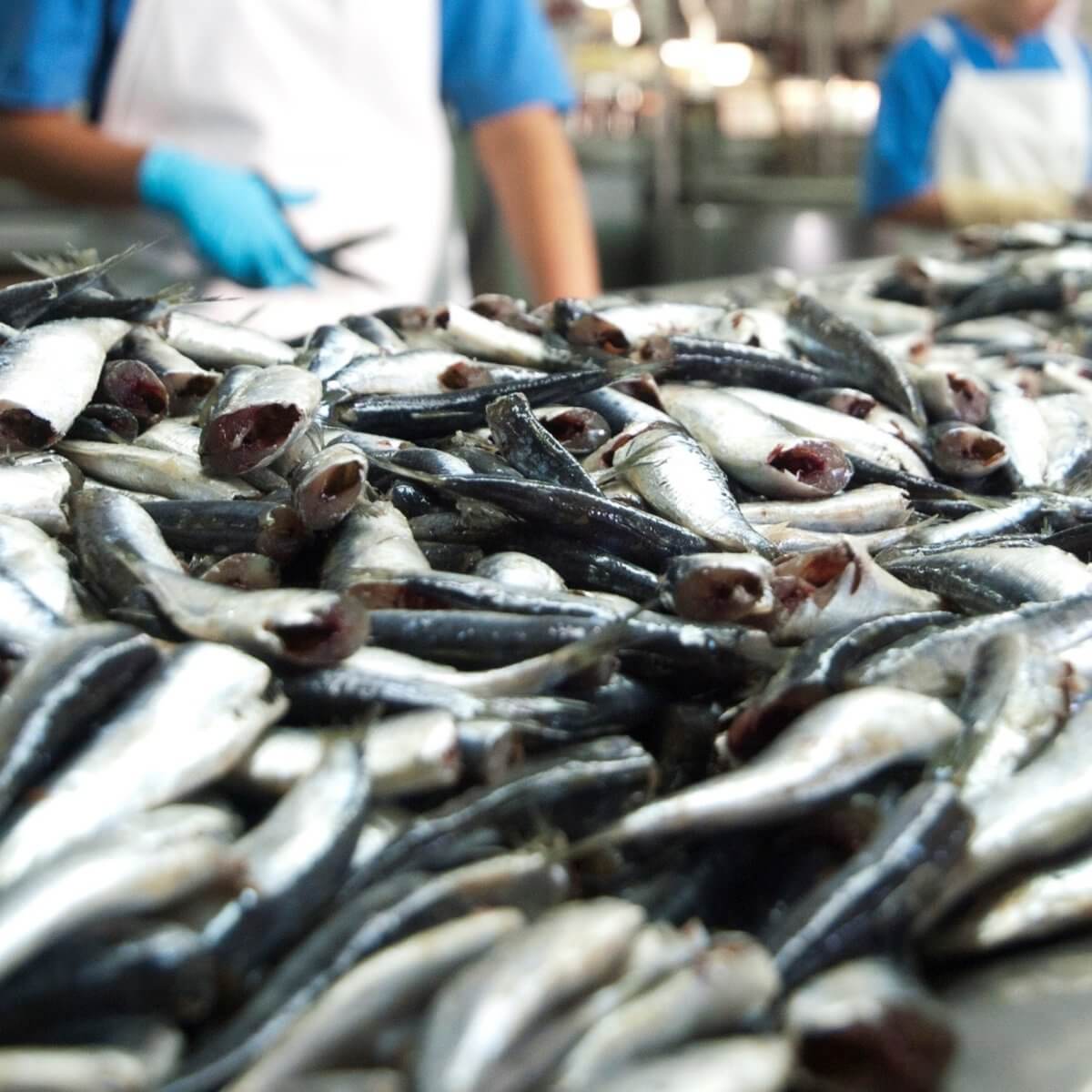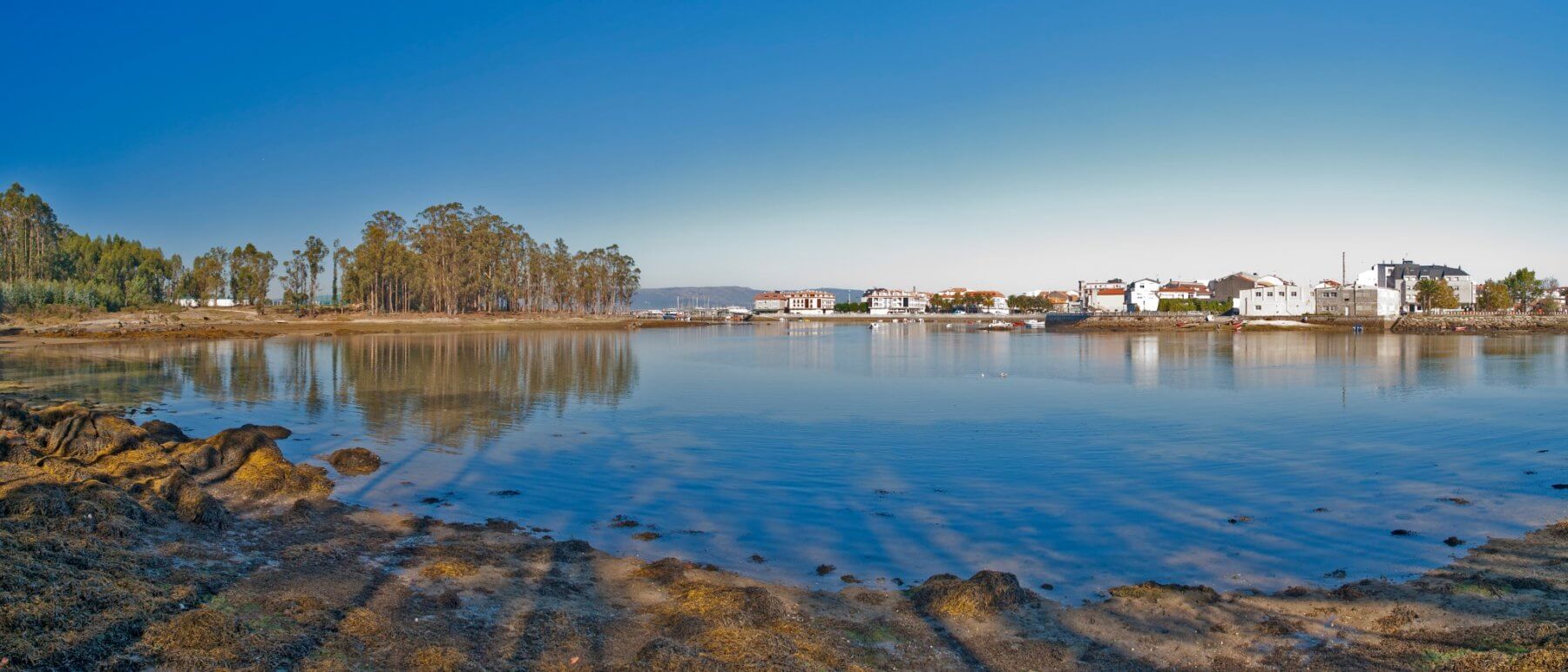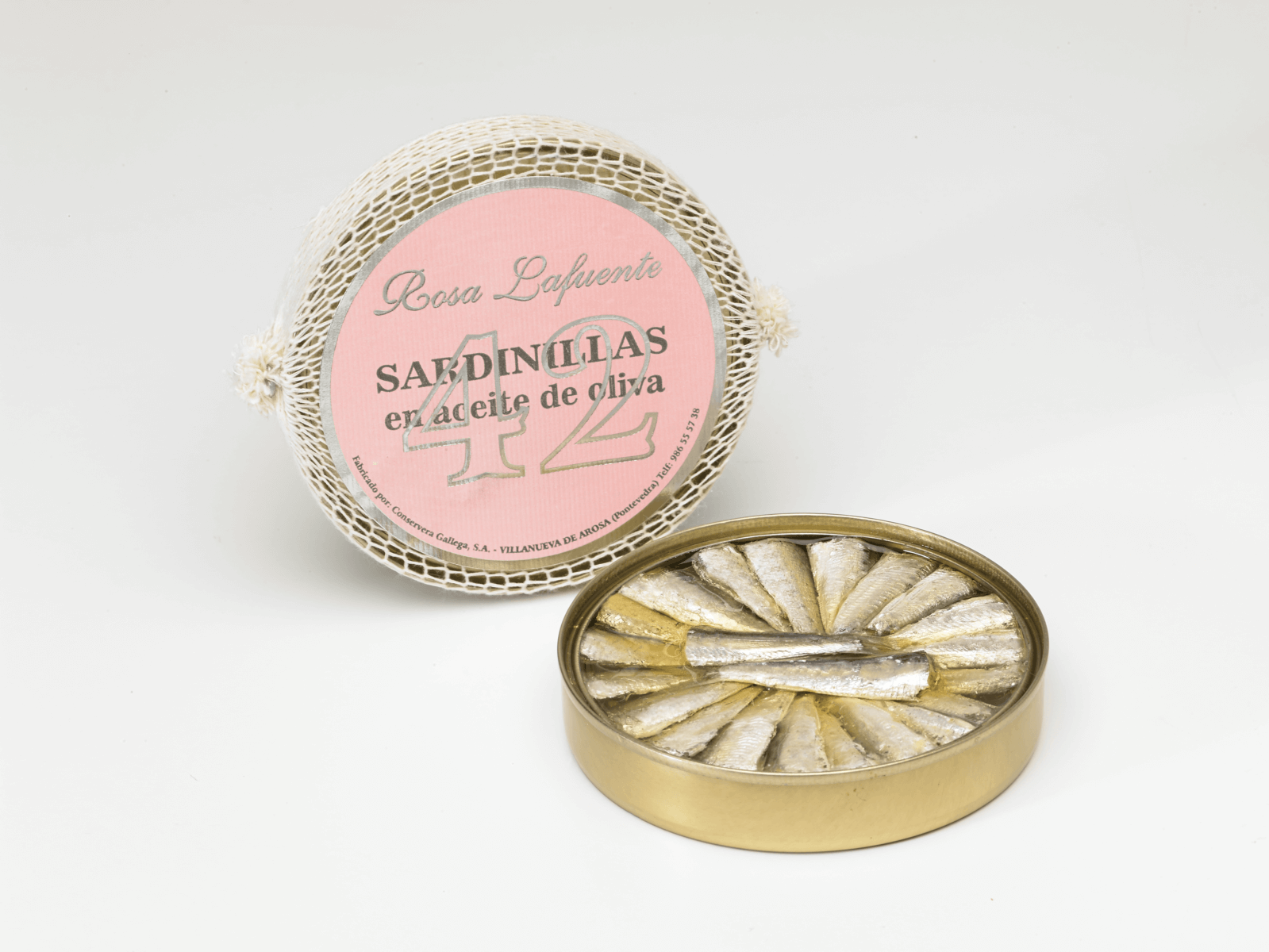When thinking about the world’s most luxurious and sought-after products, Iberico Ham must surely come close to the top of the list. We have the pleasure of speaking with Ricardo Sanchez, who is gradually taking over the family business from his father Arturo.
Rosa Lafuente: A Historic Legacy of Galician Sardines with Francisco Lafuente
The spanish coast has a long tradition of canning sardines, and the quality of these salty little parcels of joy can vary hugely. Rosa Lafuente is among the best, having operated in Galicia for over 100 years. We sat down to talk to Francisco Lafuente, who is the fourth generation of the family to run the artisanal business. Francisco has the title of ‘commercial and marketing director’, but he’s closely attached to all parts of the company in northwest Spain.

Tell us a bit about the background of the company?
We are based in Galicia, in Spain. The name of the main company is Conservera Gallega – the direct translation would be “canned food from Galicia”. The company was founded in 1904, so it’s 116 years old and still going strong. It started with my great grandfather, so I’m actually the 4th generation of the family managing the business. This is quite common in Spain, these long lasting family businesses. It’s set up better for medium size businesses than really big ones here. So my cousin and myself are the ones who are managing the company now, but we still have the 3rd generation on the committee, they are shareholders.
It started with my great grandfather, so I’m actually the 4th generation of the family managing the business.
What about the products?
Our 4 top products are sardines, mussels, clams and cockles. Back in the day we would preserve our fish with salt, and then as through the years we developed new products and changed to cans. Paco Lafuente brand has a wide range of products, and also little sardines, similar to anchovies but not anchovies, then mussels, clams, razors… We have a lot of different products but the recipes are still traditional, we still can the mussels in pickle sauce. In that sense the recipes are quite similar like back in the day. We also source seafood from abroad, because it’s in decline in the Mediterranean nowadays and we want to maintain the quality and follow the same processes, to be able to put an amazing product in a market which is our standard.
How can you differentiate really good sardines from average ones?
For sardines, there are different ways to recognise whether they are good – both getting the best quality of fish and also the way to treat them. We get the little sardines from the Mediterranean, there are no little sardines in Galicia now, only the normal ones… Galician coast does not provide us with little sardines but there are other parts of the Spanish coast that still does. The good sardine is not very hard but it doesn’t break, the point should be somewhere in between.
The good sardine is not very hard but it doesn’t break, the point should be somewhere in between.
Tell us about the process of preparing the sardines?
We cook the sardines outside the can, which removes bad flavors from them, and then we clean them one by one manually, we select them one by one manually, and we also put them in a can manually. The way they are displayed in the can is also different. Some producers leave the guts inside the sardines, and some cook the sardines inside the can so they leave some of the flavours when they put olive oil in at the end. We have our own special way of doing it, and we are very famous for our sardines.

And is it important to leave them to age for a certain amount of time?
We let them sit in the can for 9 months before we sell them, because the quality and the taste is not the same if they don’t have time to absorb the flavour of the olive oil. It’s like a fine wine, and we have some sardines from 2016 because fish, as opposed to seafood, improve during time in a can. The time spent in the oil changes a bit the texture of the sardine, in Spanish it’s called “confit.” Due to the olive oil, after a while you can’t taste the spine, even though it’s there. In the little sardines it’s less obvious, but even in big sardines if they sit in olive oil for a while you can eat the spine without even feeling it. So this is one of the key elements to making a good sardine. This is the same concept that’s been followed for a hundred years, and when something is that old you know it works well.

And what about how you sell them?
We commercialize our products through 2 brands. There’s Paco Lafuente, which is our most well known brand because it has been in the market for a while. And then Rosa Lafuente is a brand that we developed about 15 years ago, which is way more exclusive. Paco Lafuente is not only for specialized stores, but also for regional supermarkets, because most of the products come in normal cans. In contrast, Rosa Lafuente comes in a can with a mesh and a sticker, and exact number of pieces per can.
We let sardines sit in the can for 9 months before we sell them, because the quality and the taste is not the same if they don’t have time to absorb the flavour of the olive oil, it’s like a fine wine.
And there’s always a lot of talk about the size of the sardine – is this important to you?
Broadly speaking the size of the sardine is irrelevant, it’s just a matter of taste. There are people who love big sardines, usually they are older people, at least in Spain. I know it’s because they used to go to the supermarkets, they’d buy the number of sardines which are put in a packet, so that reminds them of the olden days. Nowadays we sell more little sardines, because for people who don’t love fish a lot it’s better to eat tiny ones.
Pre-order The Artisans’ Box with Lafuente sardines here.

